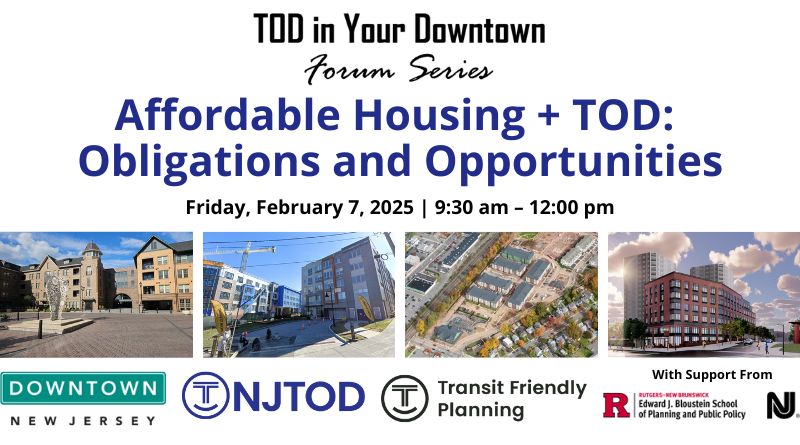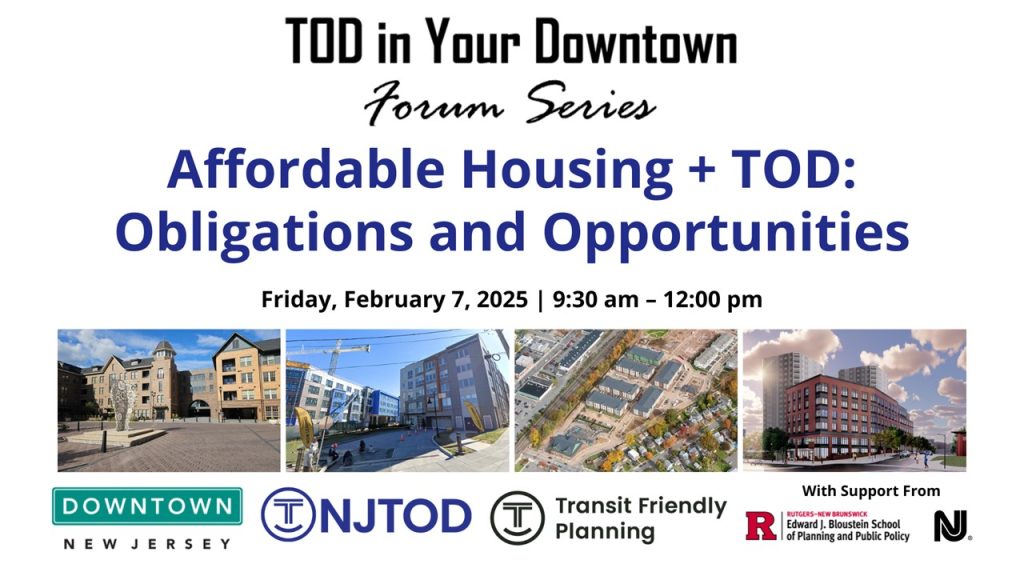Affordable Housing + TOD: Obligations and Opportunities, a TOD in Your Downtown event, held on February 7 and hosted by NJTOD, Downtown New Jersey, and NJ TRANSIT’s Transit Friendly Planning (TFP) Program, convened experts from public agencies, non-profit organizations, and the private sector to discuss affordable housing, equitable transit-oriented development, and the fourth round of the Mount Laurel Doctrine.
Welcoming Remarks
Stephanie DiPetrillo, Principal Investigator of NJTOD, and Natalie Piniero, the Executive Director of Downtown New Jersey, opened the event. Ms. DiPetrillo highlighted NJTOD’s role in supporting transit friendly planning and transit-oriented development through education and research, made possible through its partnership with NJ TRANSIT. She thanked Downtown NJ, the panelists, Jonathan Sternesky, Leigh Ann Von Hagen, and NJ TRANSIT for their contributions and announced internship opportunities with NJTOD and NJ TRANSIT for attending students. Ms. Piniero described Downtown NJ’s efforts to strengthen downtowns through education, advocacy, and recognition and expressed enthusiasm for the panel’s role in advancing this mission.
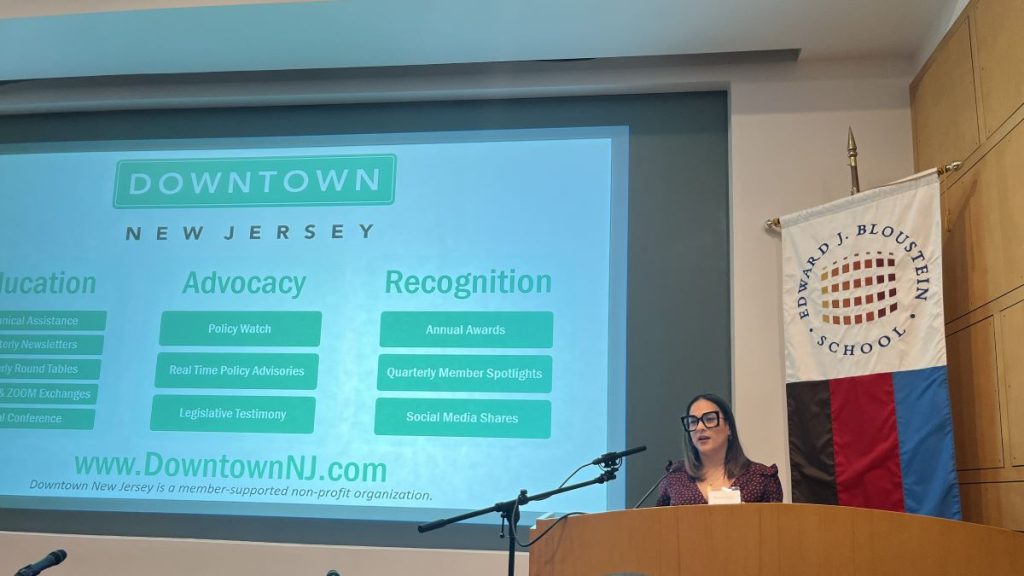
Affordable Housing Overview
Jonathan Sternesky, Director of Policy & External Affairs at the New Jersey Housing & Mortgage Finance Agency (NJHMFA), provided an overview of affordable housing in New Jersey and the impact of the fourth round of affordable housing obligations on municipal policy and development. While New Jersey’s population continues to grow, housing production has not kept pace, driving up housing costs. In every county, the median household income falls short of what is needed for median rent.
A key factor in the housing shortage is the sharp decline in new construction following the 2008 recession. Although development has gradually increased, the state remains about 142,000 homes short of what would have been built without the downturn.
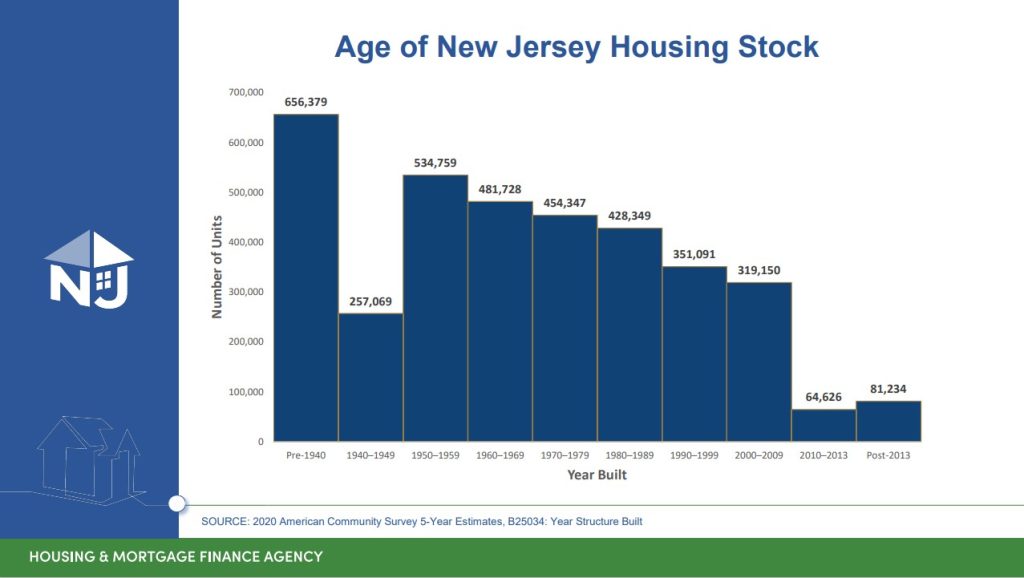
In 2024, Governor Phil Murphy signed A4/S50 into law, abolishing the Council on Affordable Housing (COAH), defining the new Mount Laurel process, updating the calculation methodology and affordability controls, and establishing new trust fund regulations and reporting standards. The fourth round of municipal affordable housing regulations is now a municipal-driven and Department of Community Affairs (DCA)-guided process overseen by a panel appointed by the Administrative Director of the New Jersey Courts. DCA calculations show a present and future need for about 146,000 units of affordable housing, aligning with the number lost due to the 2008 recession.
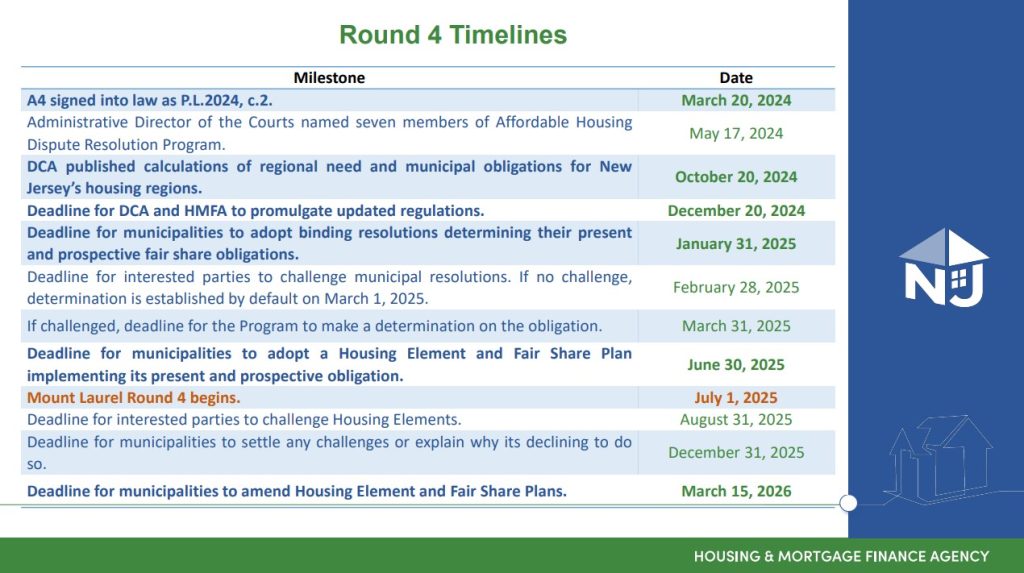
Mr. Sternesky emphasized that planning is now critical, as municipalities must prepare, adopt, and amend their Housing Element and Fair Share Plans over the next year. He framed this as an opportunity for municipalities to shape their futures and determine what they want their communities to become.
Panelist Presentations
Leigh Ann Von Hagen, the new Executive Director of the Alan M. Voorhees Transportation Center, opened the panel by introducing the speakers, who each shared insights on their work and its connection to affordable housing and transit-oriented development during brief presentations.
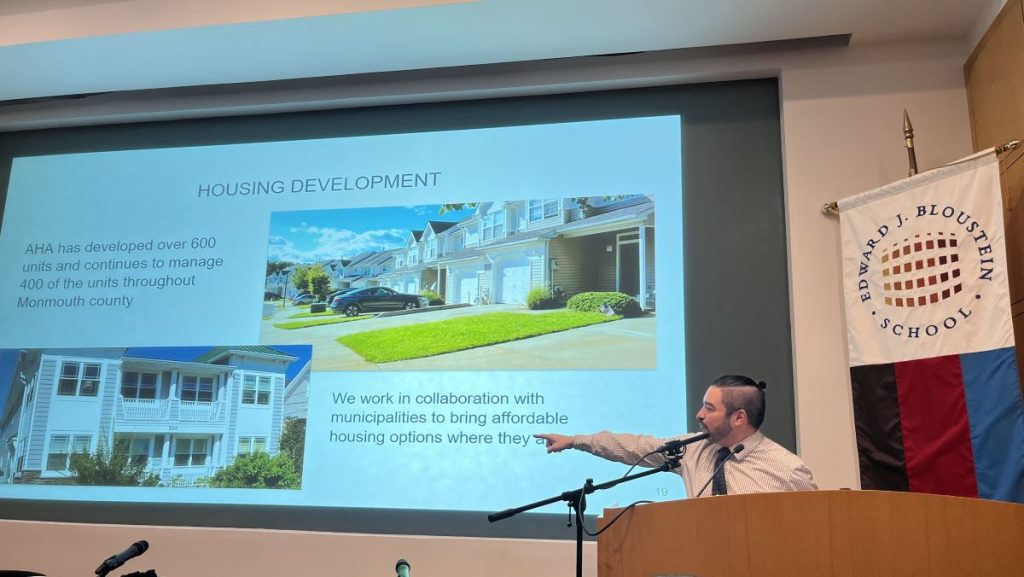
Christopher Pugliese, Director of Housing Development at the Affordable Housing Alliance (AHA), discussed his experiences in the housing sector and current projects. Before joining AHA, he worked for the Long Branch Housing Authority and as a project director for a for-profit affordable housing developer. Now at AHA, a non-profit advancing affordable housing through development and property management, he oversees multiple projects, including an upcoming 67-unit affordable townhome development in Millstone.
Kristen Mitchell, NJ TRANSIT’s Director of Transit-Oriented Development, explained how she collaborates with NJ TRANSIT’s real estate and planning teams to advance development projects. NJ TRANSIT leverages its assets to support transit-oriented development, benefiting municipalities, developers, and renters, while encouraging transit use. Ms. Mitchell highlighted several projects under development in Hoboken and Woodbridge (Metropark).
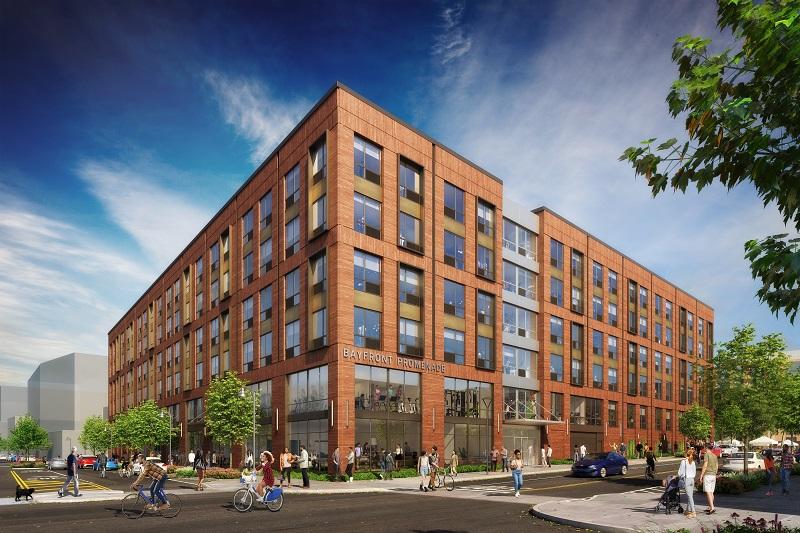
Lorissa Luciani, Administrator of Housing Production at DCA, outlined her role in managing funding for affordable housing and missing middle housing. She emphasized how gentle density can enable municipalities to integrate higher densities while maintaining community character. Current development in Glen Rock, Edison, and Haddonfield are among those benefiting from these funds. Ms. Luciani also pointed to the NJEDA and Aspire funding as key tools for producing new affordable units, especially in transit-served areas.
Patrick Terborg, a for-profit developer with TD + Partners, provided a market-based perspective, balancing community benefits with project profitability. TD + Partners has delivered about 400 units of housing over the past six years, mostly through mixed-income development. Mr. Terborg expressed his commitment to affordable and mixed income development, stressing that New Jersey should build as much affordable housing as possible as quickly as it can. Particularly in transit-rich communities to support a more equitable and climate-resilient state.
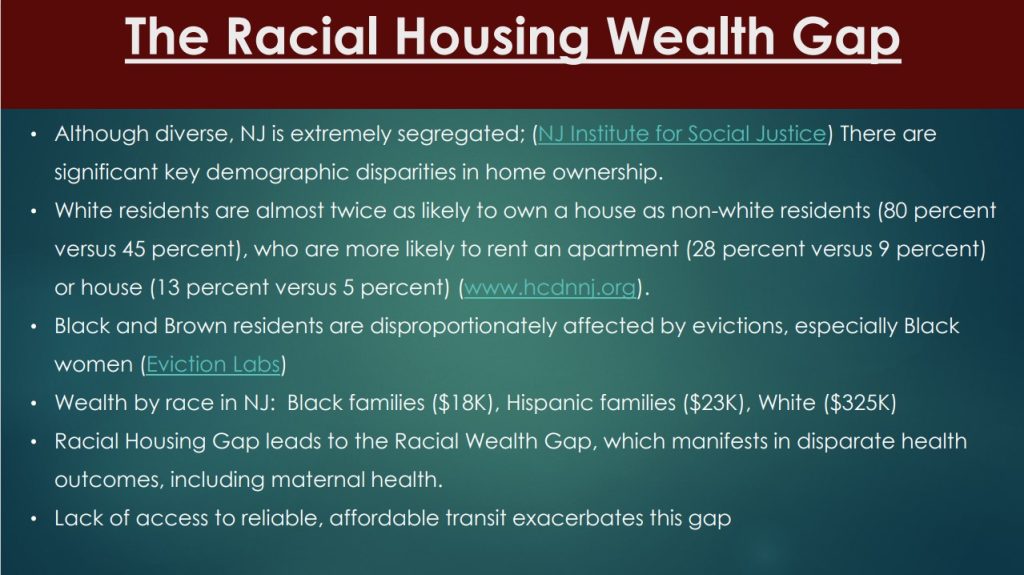
Staci Berger, President and CEO of the Housing and Community Development Network of New Jersey (HCDNNJ), concluded the panelist presentations by focusing on policy and advocacy. She leads efforts to ensure everyone has a safe and affordable space to call home, addressing New Jersey’s high housing costs, racial inequity, and reduced federal funds for affordable housing. Ms. Berger emphasized the need for diverse housing options and robust transit options so people can easily reach jobs, services, and opportunities.
A lively panel discussion on housing and transit-oriented development followed.
Discussion
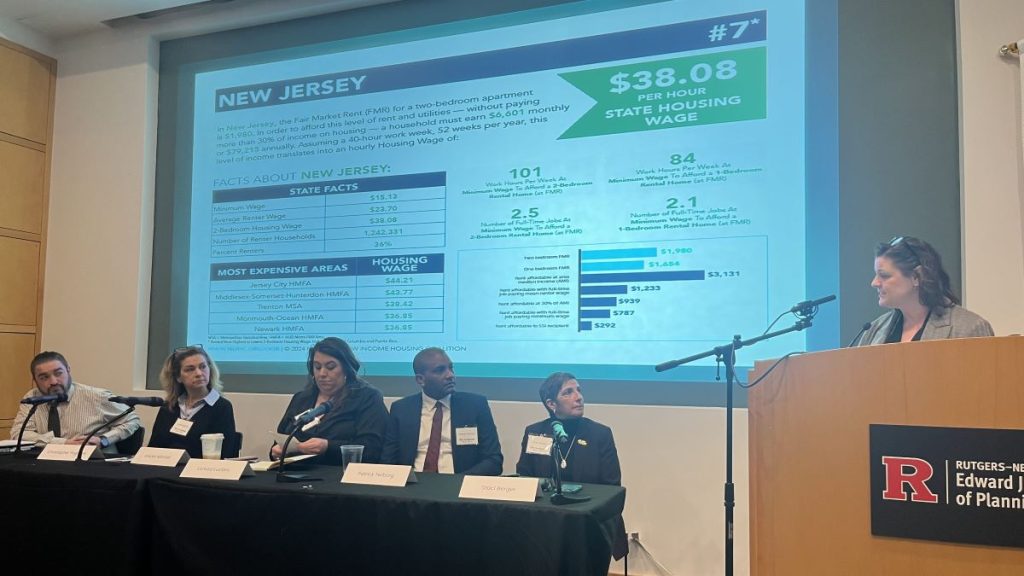
Leigh Ann Von Hagen opened the discussion with two key questions: “What makes affordable housing feasible in transit-rich areas?” and “How can we convince towns that it’s a good idea?”
“What makes affordable housing feasible in transit-rich areas?”
“How can we convince towns that it’s a good idea?”
Lorissa Luciani began by noting that municipalities often place affordable housing in less desirable locations. She emphasized using redevelopment tools to help towns meet their housing obligations while creating equitable transit- oriented developments.
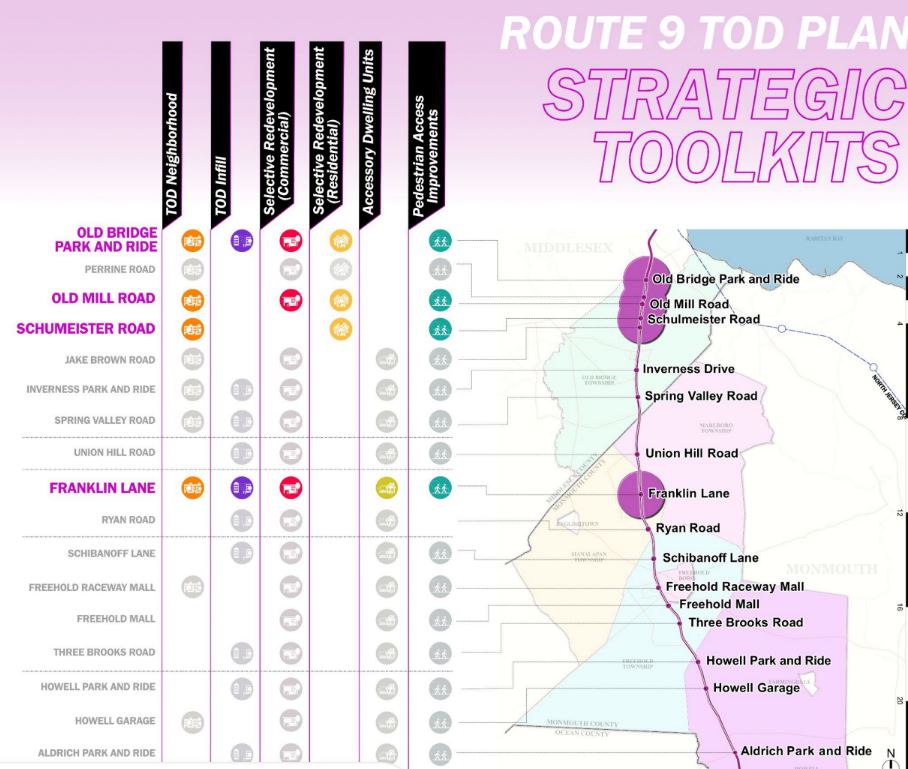
Staci Berger and others stressed the need to broaden the definition of “transit” to include bus services. Many New Jersey communities lack direct access to rail stations, but have bus access and should still qualify as transit-oriented development. Kristen Mitchell reinforced this point, citing a recent Transit Friendly Planning study along the Route 9 corridor in Old Bridge, a bus corridor with strong development potential.
Chris Pugliese and Patrick Terborg turned the conversation back toward community engagement, emphasizing the need to share success stories from similar projects and to tailor development to local needs.
Ms. Von Hagen then posed a follow-up question: “How can we prevent displacement or gentrification when developing in transit-rich areas?”
“How can we prevent displacement or gentrification when developing in transit-rich areas?”
Staci Berger responded that rehabilitation, rather than new construction, is the more urgent need in many transit-accessible communities. She also noted that private developers often drive gentrification by purchasing properties. She advocated for community wealth preservation programs, which give families and nonprofits the right of first refusal to prevent displacement.
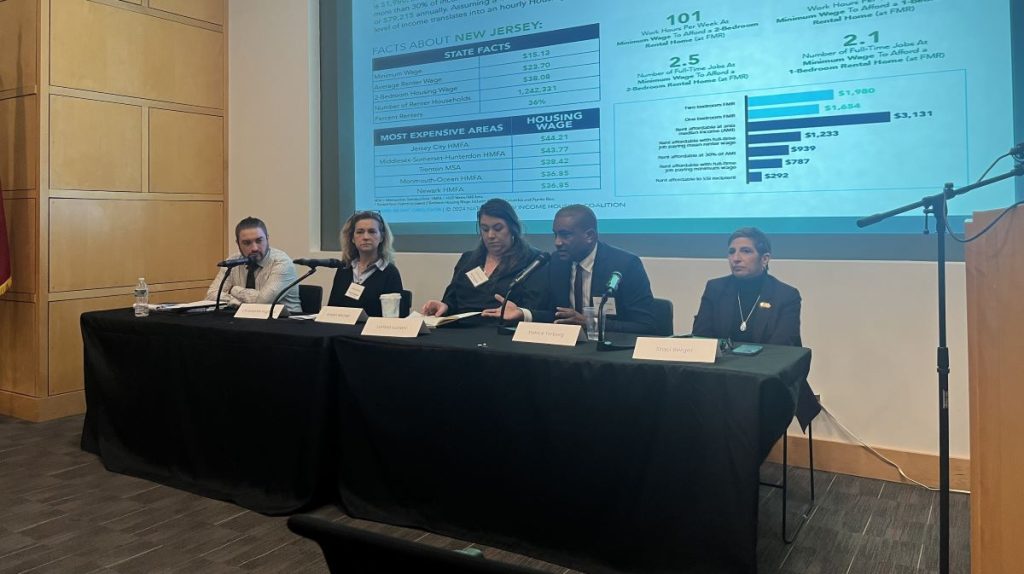
From a developer’s perspective, Patrick Terborg suggested building in lower-cost areas where municipalities are more receptive to new development. He also urged a shift in transit development to focus from solely connecting to New York to strengthening transit service within New Jersey, making transit hubs in the southern and western part of the state more attractive for affordable housing.
Chris Pugliese agreed that building where development is welcomed makes sense but noted that high rates of gentrification in transit-rich areas make it difficult for nonprofits to prevent long-term renters from being displaced.
Lorissa Luciani said her focus at DCA is on vacant or underutilized areas, avoiding displacement concerns. She also pointed out a lack of public financing tools geared toward homeownership, limiting wealth-building opportunities in these communities.

The panel concluded with a Q&A session, where elected officials, municipal representatives, and economic development professionals raised questions about how to persuade municipalities of the benefits of affordable housing and transit-oriented development, how to restore transit service in towns aiming for transit-oriented development but lacking infrastructure, and how to connect affordable housing residents to job centers in transit deserts.
Megan Massey, Director of Transit Friendly Planning (TFP) at NJ TRANSIT, closed the event with a brief presentation on TFP’s work, highlighting the Route 9 TOD project and the Gentle Density in New Jersey guide. She also invited students to apply for TFP’s summer internships.
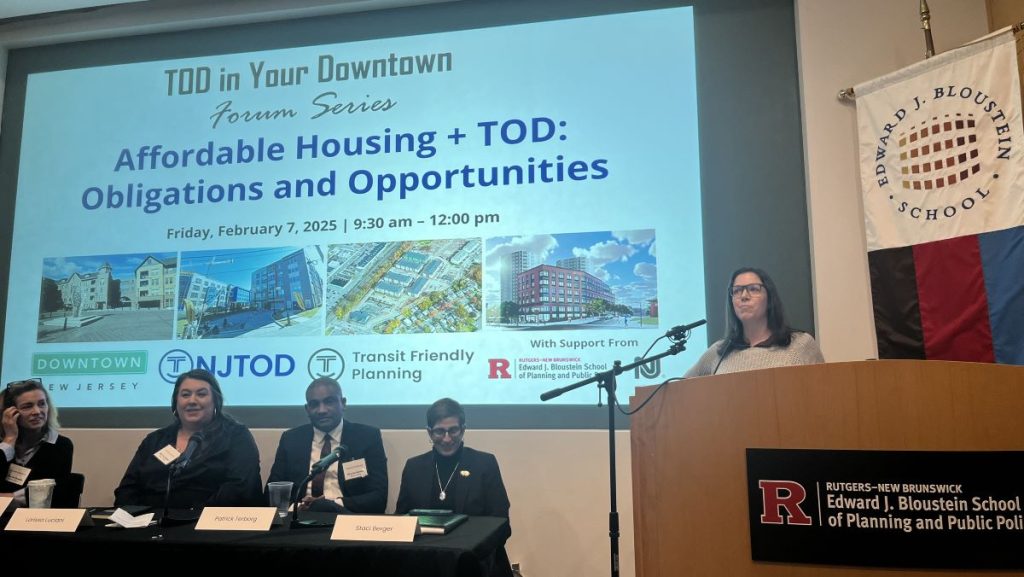
Looking Ahead
As New Jersey moves forward with its fourth round of affordable housing obligations, discussions on equitable and sustainable solutions are more critical than ever. More than 80 attendees—including students, developers, transit officials, and municipal employees—joined the panel of subject matter experts to explore the opportunities in affordable housing and transit-oriented development. The engaging discussion tackled key issues, from the benefits of transit-oriented development in higher-density areas to making affordable housing feasible in transit-rich areas feasible and mitigating displacement and gentrification.


